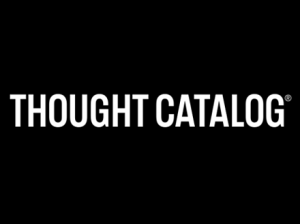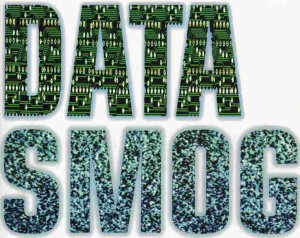Writing about Thought Catalog is extremely hard for me because every time I go to check something on the site I end up reading content for the next hour, or until someone jostles me with a text message. But I will do it, because it’s elegant marketing strategy is intriguing and deserves medal.
If you must know, Thoughtcatalog.com is “a place for relevant and relatable non-fiction and thoughts” according to their own ‘about’ section. The premise is that the contributing writers to Thought Catalog are diverse and self-selecting. It’s writers range from students to established writers, and the written pieces are unlike anything you’ll find in mainstream media.
Thought Catalog is very popular among a mostly young adult age group. The content is relevant to twenty somethings because it is commentary on the underside of indie or hipster culture, and often focuses on twists and qualms relevant to young adults in transition. This is substantiated by the search referrals and hypertexts to the site, which mostly consist of topics like “how do I know I’m crushing on the right person” and “things that drunk people say”. It is most definitely fun, edgy, and as the Huffington Post puts it “illuminating.”
It is a venue for anyone to explore their creativity and writing and also to gain insight into the life of other people. It is through thought catalog that many are inspired and will soon write their own stories to inspire other. It is technically a form of blogging, except that the blog isn’t yours. Many people pour out stories, dreams, aspirations and advises. That is what makes Though Catalog so beautiful, the fact that so many people are able to talk about anything and everything without boundaries.
Thought catalog helps us to see our lives through the lives of other, and also to help us realise that we are not going through life alone. These are nothing that you can ever get from a magazine or a book. It is a form of expression, the voices of millions of young people around the world. What is Social Media? What are facebook statuses and tweets when there are soulful and inspiring posts up on thought catalog.
Blogging may be something that has already started years ago, but with the decline of social media in recent years, we are able to see where the next trend is heading towards. Give it a shot, Just hop onto the thought catalog site and trust me, you’ll find yourself going posts after posts reading up on and feeling inspired about whimsical tales and the realities of life. All in one simple yet beautiful site and maybe one day you’ll soon write in and inspire others as well.




